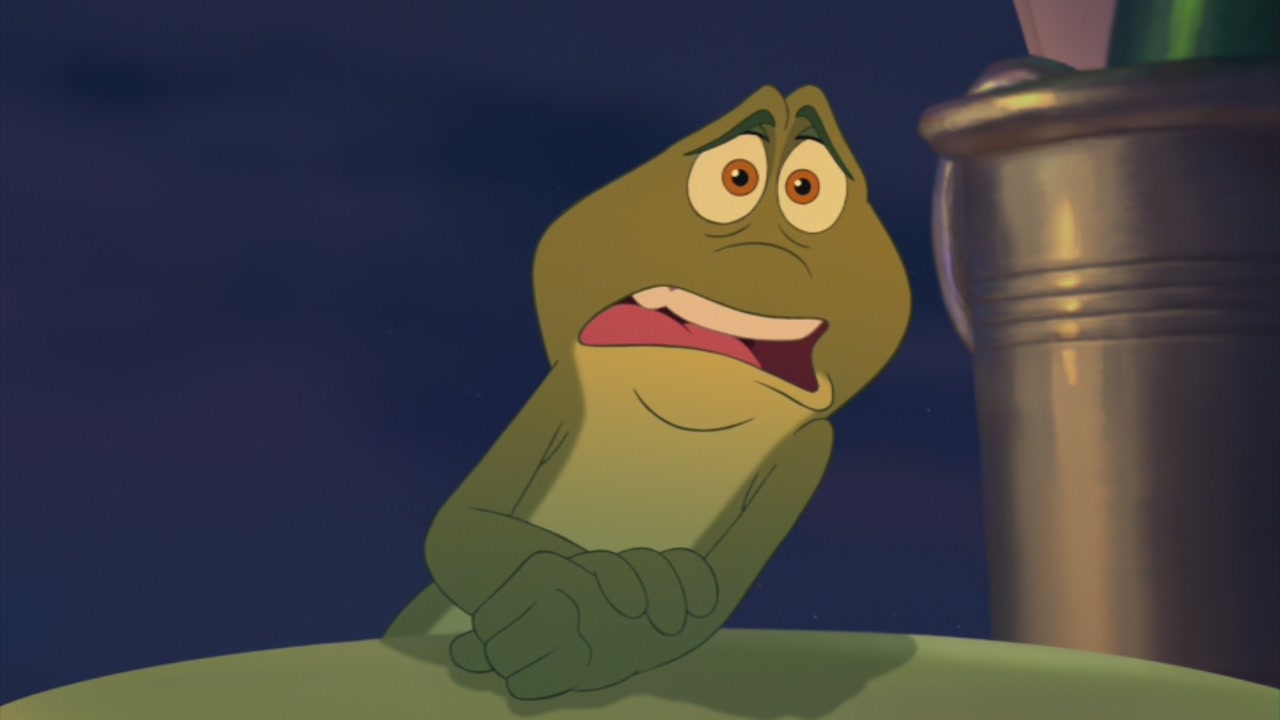Funko’s ‘Fixed’ Naveen Images Don’t Reassure Me at All

On January 25, Funko received backlash regarding the new Princess and the Frog Pop figures in their Funko Fair 2023 announcements due to the whitewashing of a very-much-not-white character, Prince Naveen. For reasons I outlined in my own story covering this, Black audiences have complicated feelings about this movie, and whitewashing one of the main characters only acts to further sour its history. Within three hours of the announcement, Funko took down the post across all of its social media.
@kaiyabou who did it? #disney #funkopop #princenaveen #princessandthefrog #disneyprincess #fyp #foryou ♬ original sound – Soukaiyna B
This year was set to be a big year for The Princess and The Frog. 14 years after the film’s release, Tiana’s Disney World ride is beginning construction (replacing Splash Mountain) and her animated TV series is set to release on Disney+, the latter of which is significant because one of the main criticisms of the movie was the percentage of the movie spent with the first and only Black princess as a frog instead. While it’s unclear if the Funko release is part of this shift, it is coming at the same time there’s renewed focus on the story.
The next day, Funko reposted the images (which also featured new Funkos for Up and Tangled) with the statement, “Our previous post showed an image of the Naveen Funko Pop! that is not true to the product, which is accurately shown here.” Here’s the problem with that statement —it’s not an apology, and it may not even be true.
Funko’s update
The “new” images of Naveen are clearly digitally altered. Funko released a sloppy job in what I can only assume was a rush to show they respect the integrity of these characters and the depiction of Black/brown people. The editing is different depending on what images you are looking at. In the more wildly shared “fix” you can see that they selected his skin and made it dark in an image editing program. However, Funko missed a spot.
On the images that look like a photo of the product rather than a hyper-realistic mock-up (done in a program like Adobe Illustrator, for example), Funko took a different approach. The difficult-to-edit parts of the Naveen Pop were either colored in with a black rounded brush or something akin to the burn/dodge tool on Adobe Photoshop. The necktie’s brightness shows another sign of image editing. This second image is much more important because it looks like a photo of the actual product—which, again, Funko claims isn’t whitewashed like the first picture was, but this isn’t exactly convincing.
In addition to this misrepresentation of the events, Tiana remains much lighter than her animated counterpart. Many pointed this issue out before Funko deleted the original post. Her discoloration wasn’t as drastic as a white Naveen, but when Naveen was altered to be closer to his skin tone, Tiana’s issue became very obvious. Funko has created more accurate pops of Tiana in the past, but this wasn’t it.
Ashy Black characters
To be clear, digital retouching and having hyper-realistic mock-ups rather than an image of the actual product are common. I’ve actually done this with Legos as a school assignment while learning about technical illustrations. When looking at the images side by side from Funko, it becomes easier to tell which is a photo and which is a vector image. However, there’s a difference between presenting the product with slight touch-ups and showing a completely different product. It’s unclear whether the photo (with the skin colored in) is one of the final products or a sample from production.
Over email, I asked Funko to clarify what in the production process caused the initial whitewashing, why Naveen was colored over in the update, and why Tiana was also lightened. As of publication, they have not responded.
Adding a dark layer over Naveen wasn’t just disingenuous to consumers but also shows how even large toy companies fail at accurately depicting brown skin. When making darker skin, just lowering the opacity of black over the skin you’re trying to darken makes figures look flat, ashy, and grayish. They will lose all vibrance. Melanated skin has reds, purples/blues, and/or yellow undertones. (Artists worried about doing this, please seek out tutorials. They’re out there and free!)
In addition to Funko whitewashing brown characters (these two aren’t the first), the company has many characters with this grayish look. I know that one common Funko critique lies in the simplified nature of its designs, but this inability to consistently depict melanin goes beyond that—like the issue of supply chain transparency, a brand with as much money as Funko has the resources to do better.
(featured image: Disney)
Have a tip we should know? tips@themarysue.com